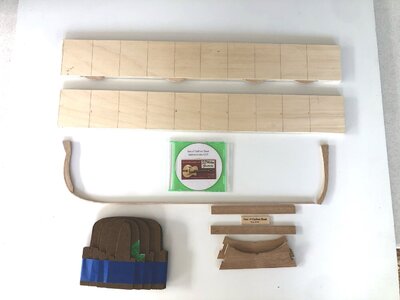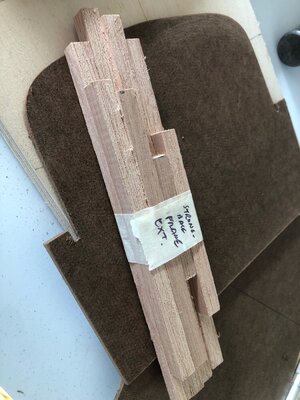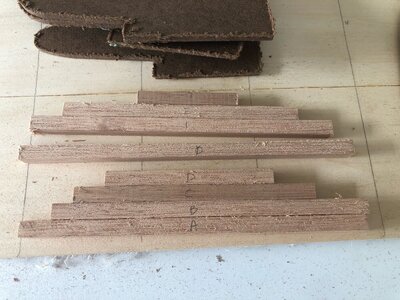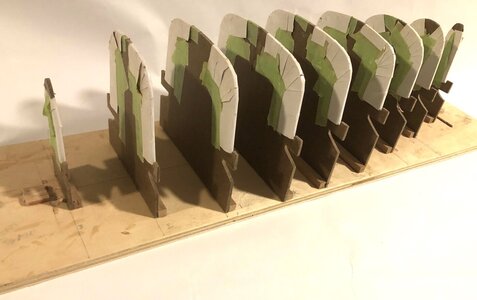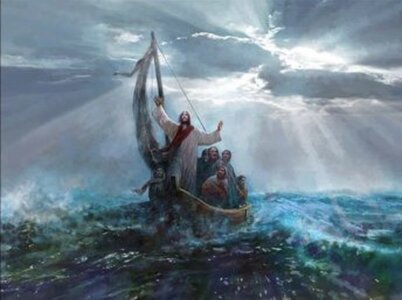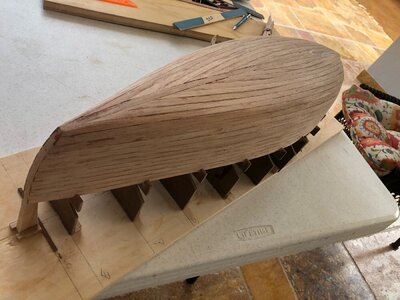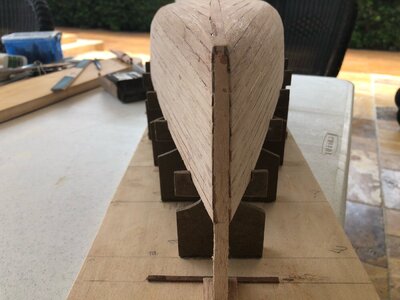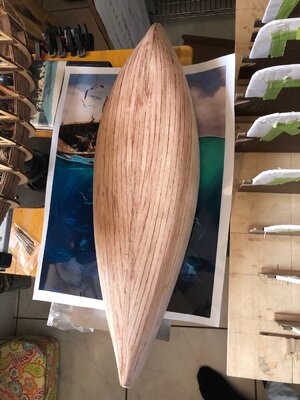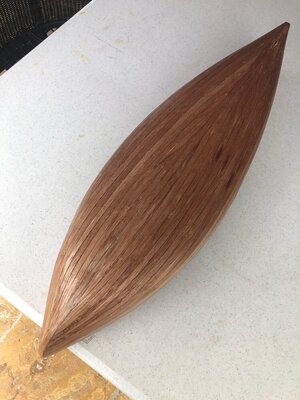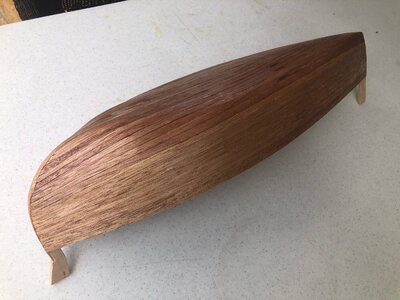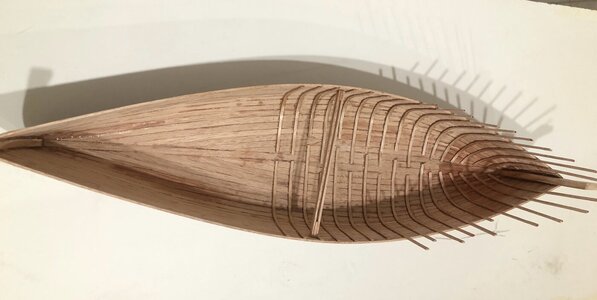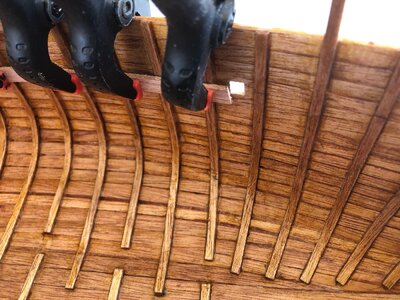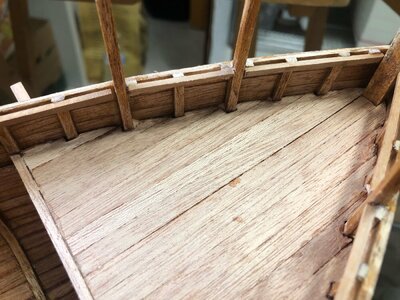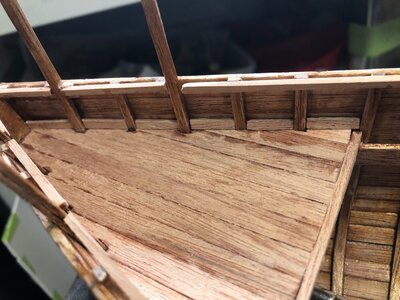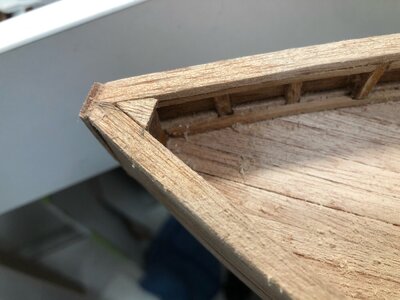After I saw LyleK1 very beautiful and detailed Galilee building log, it was hard for me to decide if I should create another one or not, after all, he did a fantastic job building this very famous boat.
If you guys let me I will start with a brief story about how this boat came to be in the Yigal Alon Museum today.


In this last picture I notice a mosaic art in the background with what it looks like a Phoenician boat.
Since there is not too much information about the Galilee Boat, I based my research on whatever information I could find of the Phoenician, Greek and Roma vessels.
While there’s no evidence this was the same boat that Jesus and his disciples used, it dates back to the same time period, in the 1st century AD, and matches the type of boats built at the time.
If you guys let me I will start with a brief story about how this boat came to be in the Yigal Alon Museum today.


In this last picture I notice a mosaic art in the background with what it looks like a Phoenician boat.
Since there is not too much information about the Galilee Boat, I based my research on whatever information I could find of the Phoenician, Greek and Roma vessels.
While there’s no evidence this was the same boat that Jesus and his disciples used, it dates back to the same time period, in the 1st century AD, and matches the type of boats built at the time.
Last edited:


